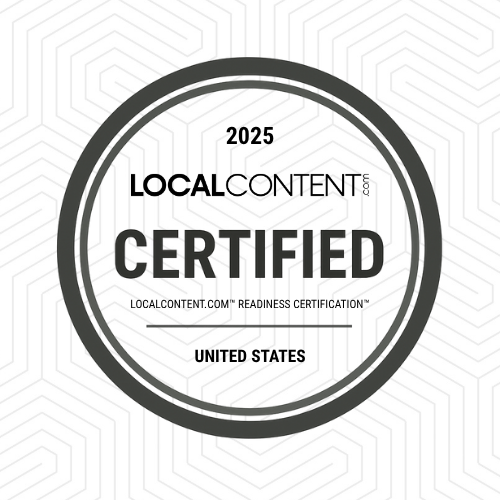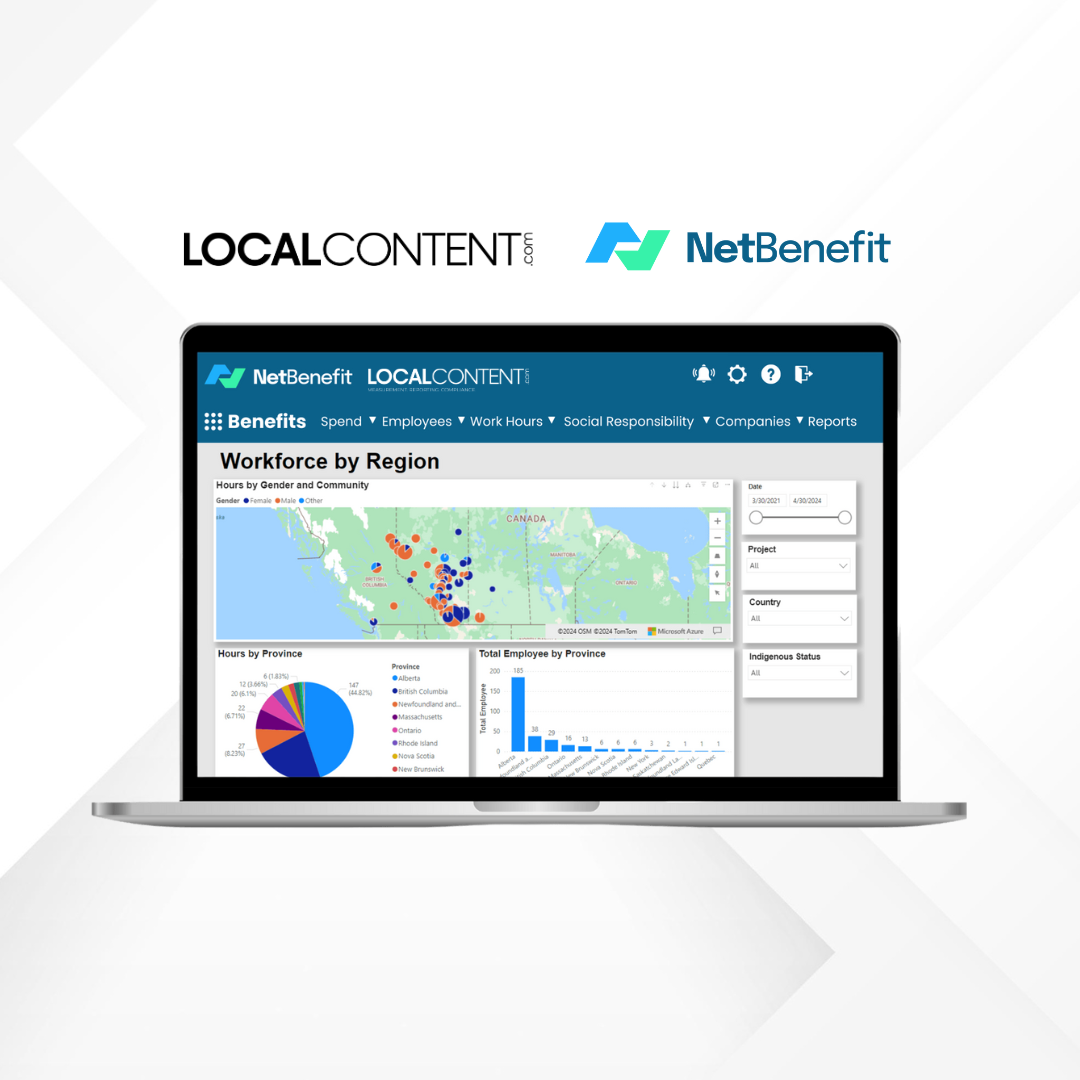
WASHINGTON, D.C. — The U.S. Department of Energy (DOE) today announced the findings of a report highlighting ways to achieve the Department’s goal of making hydrogen an affordable, abundant source of clean energy and examining different pathways to get there through thermal conversion. The report is the first of three assessments of clean-hydrogen production pathways for the Department’s Hydrogen Shot™, unveiled in June 2021 as the first goal of the Energy Earthshots Initiative™, a set of eight separate moonshots to accelerate breakthroughs of more abundant, affordable, and reliable clean energy solutions within the decade. The Hydrogen Shot seeks to reduce the cost of clean hydrogen by 80% to $1 per kilogram by 2031. Clean hydrogen is a valuable energy carrier that can be produced with zero or near-zero carbon emissions and is crucial to meeting President Biden’s climate and energy security goals.
“Early in the Biden-Harris Administration, we knew we would need a significant focus on innovation to win the race to fight climate change, so we invested in our Energy Earthshots – establishing moonshot-like goals to bridge the gap on key clean energy technologies. The Hydrogen Energy Earthshot was our first priority – making clean hydrogen a viable, affordable source of energy,” said U.S. Deputy Secretary of Energy David M. Turk, who announced the report’s findings today at the United Nations Framework Convention on Climate Change’s 28th Conference of the Parties (COP28) in Dubai, United Arab Emirates. “This report is the result of bringing together the best minds in DOE, the Interagency, and our National Laboratories to study clean hydrogen and will be invaluable to researchers, investors, and developers as we make progress toward the Hydrogen Shot’s goal.”

The Hydrogen Shot Technology Assessment: Thermal Conversion Approaches report, led by experts at DOE’s National Energy Technology Laboratory, Office of Fossil Energy and Carbon Management, and in coordination with the Hydrogen and Fuel Cell Technologies Office, presents a snapshot of various thermal conversion pathways for clean hydrogen production, including technology status and envisioned approaches for achieving the Hydrogen Shot goals through research, development, and deployment (RD&D) advances. In the next two reports in this series, DOE experts will provide similar technology assessments of hydrogen production from electrolysis pathways and from advanced pathways (such as photoelectrochemical, solar-thermochemical, and biological hydrogen production).
The report comes at a critical time for clean hydrogen, as a growing number of countries around the world recognize the essential role it will play in achieving global climate goals while also realizing that significant cost reductions are still needed.
Achieving the Hydrogen Shot’s 80% cost reduction goal can unlock new markets for hydrogen, including steel manufacturing, clean ammonia, energy storage, and heavy-duty trucks, creating jobs, reducing greenhouse gas emissions, and helping America to compete in the clean energy market on a global scale.

The report found that based on screening-level analyses, hydrogen costs could be reduced through technology advancement to between $1.30 and $1.40 per kilogram depending on pathway. Therefore, beyond RD&D improvements, the report also explored the following factors for cost reduction: plant scale, market scenarios, plant site location, optimization of carbon dioxide (CO2) transport and storage, byproduct sales, CO2 valuation, and integration with other energy systems.
The report focuses on producing clean hydrogen through thermal conversion of fossil and/or waste feedstocks (with carbon capture and sequestration) that could meet the Hydrogen Shot goal. Thermal conversion is as a process that uses heat as the energy source to drive chemical reactions that convert carbon-based feedstocks into other fuels and chemical energy carriers.
The Department has made a significant commitment to developing clean energy. In addition to ongoing critical investments in RD&D, in October, DOE announced $7 billion to launch seven Regional Clean Hydrogen Hubs across the nation and accelerate the commercial-scale deployment of low-cost, clean hydrogen. As laid out in the U.S. National Clean Hydrogen Strategy and Roadmap, these, and other efforts, are part of an integrated all-of-government strategy to advance clean hydrogen equitably and as an important tool for decarbonization, energy security and resilience, and economic growth.
###
Media Inquiries:
(202) 586-4940 or DOENews@hq.doe.gov










